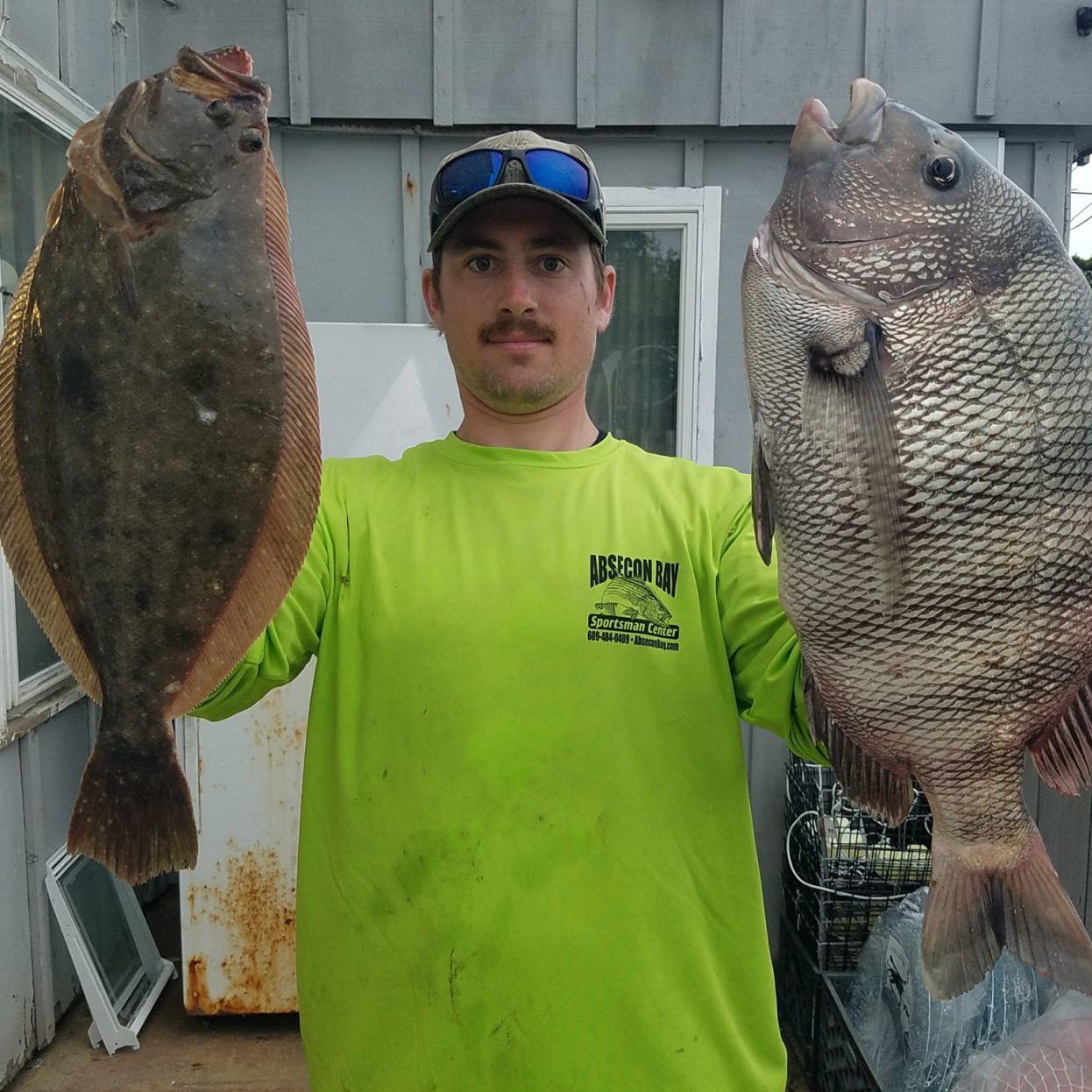The Gray sole or Glyptocephalus cynoglossus in scientific terms, is known by different names including the witch, witch flounder, fluke, and Torbay sole. It’s a species of flatfish from the family Pleuronectidae.

The Gray sole occurs on both sides of the North Atlantic Ocean on muddy sea beds in quite deep water. In northern Europe it has some importance in fisheries as a food fish.
Table Of Content
- 1 Taxonomy:
- 2 International Names
- 3 The Gray Sole Main Characteristics
- 4 Where does the Gray Sole Live?
- 5 How does the Gray Sole Reproduce?
- 6 What does the Gray Sole Feed On?
- 7 Gray Soles’ Sport Fishing.
- 8 Learning about Spinning
- 9 Gray Soles Properties
- 10 How to Cook Grey Sole
- 11 Curios facts about the Grey Sole
Taxonomy: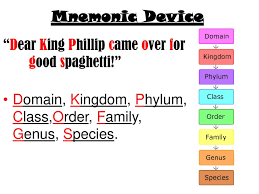
Animalia Kingdom Phylum: Chordata Class: Actinopterygii Order: Pleuronectiformes Family: leuronectidae Genus: Glyptocephalus, Gottsche,
International Names
GERMANY: Zungenbutt FRANCE: Plie grise ITALY: Passera lingua di cane PORTUGAL: Solhão United Kingdom : Witch JAPAN: Akashitabirame
The Gray Sole Main Characteristics
The gray sole belongs to the Pleuronectidae family, whose main distinguishing feature is the presence of both eyes on a single side of the body, (mostly on the right one), although there are exceptions but they are not very common..
They can also camouflage with various surfaces such as rocks, sand, or marine plants.
This family is integrated in the order of the Pleuronectiformes. we invite you to read our article Dover sole to learn about other species of this family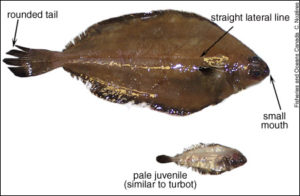
In the case of the gray sole (Glyptocephalus cynoglossus), it has a pigmented side, (usually the right side), where it also has two eyes, which stand out for their uneven size.
It has a mouth curved down below the lower eye. Compared to other fish in the Pleuronectidae family, the grey sole has a slightly smaller and thinner mouth.
The right side is gray or olive gray, while the left is depigmented, becoming white or platinum white. The fin begins below the gill opening; In the case of the dorsal, it starts over the upper eye.
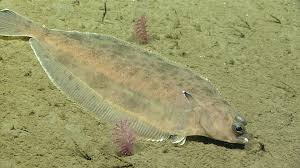 Both the anal and the dorsal don’t have rays and are practically attached to the caudal fin. It also has ventral and pectoral fins.
Both the anal and the dorsal don’t have rays and are practically attached to the caudal fin. It also has ventral and pectoral fins.
Their body is covered by rigid and rough scales. On the blind side of the head you can find mucous pores, while on the visible side you can see the straight line (lateral line), from the eye to the caudal fin.
The grey sole maximum size is 55 centimeters to 60 for males, with a weight of 2 to 3 kilograms. Females can be considerably smaller, with a described maximum overall size of 33 centimeters. We invite you to read our article the anatomy of fish to learn about this interesting topic
Let’s watch how they wash them
Where does the Gray Sole Live?
The gray sole inhabits salt water, in depth ranges from 50 to 400 meters, although upper scales have been described. It prefers temperature from 5 ° C to 7 ° C and likes to frequent muddy places.
They are not fish that live in groups; in fact grey soles tend to be lonely, although they meet during the breeding season. In the summer, adults of small and medium size are usually located in the sandy and muddy bottom of bays, ports and along the open coast at temperatures ranging from 62 to 66 degrees F.
Most of the larger specimens tend to remain in somewhat deeper waters (50 to 60 feet).
Usually, this is a deep-sea fish that inhabit depths of approximately 150 m.
The egg and larva stages are pelagic since they occur in deep waters, at temperatures ranging between 4 and 13 ° C.
When the juveniles reach maturity, they settle on the bottom, being in temperatures that can range between zero and fifteen degrees Celsius, and salinities of thirty to thirty six .
Geographical Distribution
The grey sole is distributed on both sides of the Atlantic Ocean, south of Cape Cod, and throughout Spain.
Let’s learn about the ocean’s division
How does the Gray Sole Reproduce?
The gray sole reaches sexual maturity from the third or fourth year of life, when they reach a size  greater than 28 centimeters in length.
greater than 28 centimeters in length.
Males tend to be larger than females, even of the same age.
Not much is known about the reproduction patterns of Glyptocephalus cynoglossus; the larvae have been cited as pelagic, although in adulthood and youth they remain on the bottom(demersal).
Egg Development
Spawning takes place in summer, between the months of March and November inside the water; where a vertical column is formed where the eggs will later float, since they are raised on the surface, until the larvae are produced.
The diameter of these eggs can vary between 0.7 and 1.45 millimeters, although the average is 1.27 millimeters.
After spawning, incubation occurs between seven or eight days later; so that there are larvae that in principle will measure between three and a half and five and a half millimeters in length.
What does the Gray Sole Feed On?
Tis fish depends on sight to capture its food; it feeds more actively during daylight hours. Juveniles feed on small shrimp and other crustaceans, while adults eat a variety of fish, including red hake, silversides, blue surgeon, weakfish and microorganisms.
Additionally, invertebrates such as blue crabs, crystal squid, sand squid, shrimp, prawns and mollusks are also included in their diet.
Adults are very active predators, often chasing shoals of small fish on the surface and sometimes coming out of the water in search of them.
This behavior clearly distinguishes the grey soles from other slower species of coastal flatfish.
The grey soles’ diet varies very little, depending on where their habitat is. For example, in southern England, the squid is the most important food source for grey soles.
While in the northern United States, polychaete remains as the most important food source for the largest individuals.
Gray Soles’ Sport Fishing.
These fish are fished with very fine tackle and small hooks baited with marine worms, throwing thoroughly on the beaches and ports, and letting the bait lie on the bed of sand or mud.
Their fishing takes place during the months of spring and summer, which is when they approach the coast following the guidelines of their reproductive behavior, because in winter they remain in the open sea on deep seabed.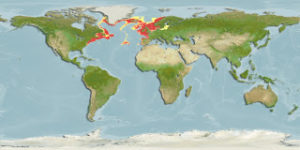
Fishing on the beach, launching directly from the shore – surf casting – we can get good catches in summer, since the beach is not overly frequented by mankind.
The best thing will be to look for them at night, which is when grey soles are more active since during the day they usually stay still camouflaged on the bottom.
We can fish them from the breakwaters or from the beaches. The only requirement is that the bed is soft that is, sand or mud.
Except in cases where we throw at a specific point – for example a hollow or a bar or any favorable place because we assume abundance of fish – it will be normal to throw our rig the farther the better.
 To do this we must execute the launch with strength and ability to achieve long distances.
To do this we must execute the launch with strength and ability to achieve long distances.
It’s also convenient that the lead is heavy enough and the rod long enough.
Nor should we neglect the condition of the line and that the reel coil is completely full.
Needless to say, the rings should be perfectly aligned and polished to offer the least possible friction.
In order to increase the distance reached by the rig a few meters, if we are on a beach, we will enter the water of the shore as far as possible.
For this it’s highly advisable to be provided with high rubber boots or, as we have already indicated, wading pants.
Once the launch, we will keep the reel open and place the rod in its corresponding support that we have previously set.
Only then will we close the reel and tense the line. If, shortly after we have tightened it, we observe that the sinus of the thread falls limp, we will proceed to tighten it again.
If, repeated this operation, the result is the same, this will mean that the current is too much for our ballast and it moves the rig too much, so it will be necessary to consider putting a heavier lead. And now good fishing.
Let’s watch
Learning about Spinning
Spinning is a sport fishing modality that basically consists in the launching and collection of artificial lures by return drag, at different speeds and depths, to cause the fish to bite.
This technique is about tricking the fish with deception or artificial bait, so that the hunter or predatory fish thinks that it’s fresh food.
It’s practiced both in fresh water and in the sea. Very light rods are used, made of very resistant elements, such as carbon fiber.
The lengths vary from 1.80 meters (for small rivers, streams or torrents), up to 3.30 meters, or even more for more open scenarios such as large rivers or the sea.
The reels and lines used are also light and in many cases specific for this modality. As for deception or decoy, this varies in weight, color, shape and construction material (steel, wood, plastic) depending on the species that is sought and the action that is intended.
The decoys, by their action and behavior, differentiate them into three important groups:
Minows:
 Fish-shaped grass and have a plastic or metal bib. This bib generates a vortex that causes the lure to move sinuously always below the surface, deepening more or less on the degrees of inclination or dimensions.
Fish-shaped grass and have a plastic or metal bib. This bib generates a vortex that causes the lure to move sinuously always below the surface, deepening more or less on the degrees of inclination or dimensions.
Also the movements of the lure (nervous or soft as intended) are very marked by this bib becoming an important element.
poppers:
They work on the surface of the water trying to imitate a fish that, moved with the fisherman’s ability, seems to be in some difficulty swimming.
Spoons:
They can be undulating or rotating. They work both below and above the surface, according to the speed applied by the fisherman creating great vibrations that attract predatory fish.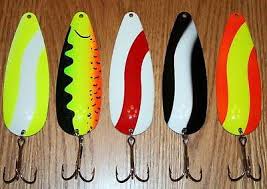
Jigs and vinyl:
Metallic elements (mainly lead and plastics) that are transforming this technique in an important way.
The movement of these lures is applied, in a singular way, individually by each fisherman, and is the key to success in this modality.
The permanent movement of the fisherman around the place makes this form of fishing perhaps the most dynamic and sporty.
Let’s watch and learn
Gray Soles Properties
This is a fish with a very low fat content, since it only has two grams of fat, for every one hundred grams of edible portion. This means that it’s one of the most suitable fish to consume when a hypocaloric diet is being carried out.
 Of course, if this fish is prepared breaded, or fried, its caloric content will increase relatively, unlike if it’s prepared on the grill or in the oven.
Of course, if this fish is prepared breaded, or fried, its caloric content will increase relatively, unlike if it’s prepared on the grill or in the oven.
Although in a smaller amount, compared to other fish, the grey soles also provides a high biological value;
In addition to containing various vitamins and minerals that are of great benefit to the body.
The grey sole has a high content of vitamin B6 and B9, very similar to most fish, and for this reason we must keep it in our basic diet, because it’s an adjuvant in the formation of antibodies, and hemoglobin, as well as in the formation of vitamin B3 and neuronal functioning.
 The intake of the grey soles helps in the synthesis of the genetic material, and participates in obtaining energy taking into account its fats and proteins, as well as carbohydrates.
The intake of the grey soles helps in the synthesis of the genetic material, and participates in obtaining energy taking into account its fats and proteins, as well as carbohydrates.
It also collaborates in the production of red and white blood cells, helping them to mature.
In addition to vitamins, the grey sole also has among its properties, minerals such as phosphorus, magnesium, potassium and iodine.
Although they don’t have the same amount as other fish, their mineral content helps to balance the water inside the cells, and above all, in nervous and muscular activity.
Other Properties
Like vitamin B6, it’s an adjunct in the use of energy, and an excellent regulator in the functioning of the intestine, since it has a mild laxative effect.
For this reason, nutritionists strongly recommend the daily consumption of grey soles, because it certainly brings a lot of benefits to the body.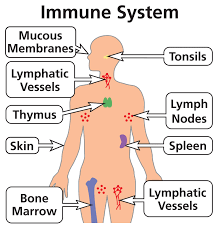
By consuming them, people are improving their immunity to contract any type of virus or disease.
Moreover, the iodine present in the meat of this fish stimulates the proper functioning of the thyroid gland that is responsible for regulating the body’s metabolism.
For this reason, women who are pregnant should include in their diet the consumption of grey soles, to help the growth of the fetus and the development of their brain.
We cannot fail to mention the presence of sodium in the meat of this fish; although comparing it with other foods such as cheese and canned fish, the amount contained in the grey soles is really irrelevant.
This is the composition of grey soles meat for each edible portion:
√ Calories 75.3
√ Proteins (g) 14.8
√ Fats (g) 1.9
√ iron (mg) 0.96
√ Magnesium (mg) 42.1
√ Potassium (mg) 250
√ Sodium (mg) 150
√ Phosphorus (mg) 260
√ Iodine (mg) 16
√ B6 or Pridoxine (mg) 0.38
√ B9 or folic acid (mcg) 11.2
√ mcg = micrograms
With each of these properties that we have just mentioned, it’s clear that it’s important for people to include this fish in the basic diet of the family, since there are many benefits that the grey soles can bring to your body.
let’s learn about the benefits of minerals
Https://www.youtube.com/watch?v=noMbDBMugGE
How to Cook Grey Sole
The fish must be frozen immediately after capture. If they are frozen in a large refrigerator, the melting water should be drained occasionally, so that the fish don’t soak the water that is heated. If they are frozen in a box of ship fish, remove the drain plug from the fish box.
Kitchen:
The white meat of the witch flounder is highly classified due to its delicate texture and flavor. This versatile fish offers a delicious dinner when it’s steamed, poached, baked, roasted, sautéed, fried or microwaved.
Larger specimens can be filleted in quarters for most recipes or they can also be cut into steaks and grilled over charcoal or gas.
Fried Grey Sole with salad
Ingredients for 5 portions
√ Frozen Grey Sole 1.25 kg
√ Fine salt 3.75 g
√ High oleic oil 0.5 l
√ Txuri flour 0.1 kg
√ Lettuce 0.5 pcs
√ Salad tomato 0.125 kg
√ Onion 0.05 kg
√ Vinaigrette
Pre-processing of Fish.
Depending on the type of fish we will perform the following pre-elaborations:
Fins removal: remove the fins of a fish with the help of scissors.
Scaling: remove the scales of any fish by scraping the skin against it.
Eviscerate: empty all the viscera.
Clean: remove the scales that remain stuck, if necessary by passing the fish through water.
Dry: with paper or cloth if it has been passed through water.
For this recipe, the following elaborations are necessary:
 √ Lettuce, tomato and spring onion salad.
√ Lettuce, tomato and spring onion salad.
√ Season, flour and fry in plenty of hot oil, when cooked, dry on absorbent paper.
√Place the fish on one side and the salad on the other.
Baked Grey Sole
Ingredients:
- 1 grey sole per person (ration size).
- 4-5 potatoes.
- ½ white wine glass.
- 2 garlic teeth.
- Oil.
- Salt.
Preparation:
– preheat the oven at 180º.
– Salt the fish and make a longitudinal court
– Cut the potatoes into fine rolls. Fry them withdrawing them before they gild too much.
– put the potatoes as a base in a suitable oven source.
We place the tables up, we spray with a little oil and we put the sticked garlices –
– Add the half wine glass.
– Set the oven at 180º for 20 minutes (time will depend on the thickness of the grey sole).
Let’s learn another one
Curios facts about the Grey Sole
This is the ugliest fish in the world, considered by the Guiness record, but thanks to its ungrateful appearance, it has managed to get the protection animal protection society, since grey soles are quite coveted as a food.
They only have three predators, the shark, the eel, and the human beings; but recently, a snake was discovered, which among its many foods, precisely the grey soles are they preferred ones.
Let’s meet some other ugly fish
Wolfish
This curious fish has an elongated body similar to that of brunett fish. Its size can reach approximately 1 meter 50 cm and 18 kgms of weight. Its chubby head, cat eyes, thick lips and prominent canines give it a monstrous appearance. His body is blue or olive green.
Frog fish
This fish of about 30 cm can live in difficult conditions and needs little food. To catch its prey (molluscs, crustaceans, small fish), the frog fish hides in the sand and emerges at the right time. During the love season, the man uses his horns placed on the top of his head to seduce thefemale.
 he female, who enters the nest, lays the eggs and then leaves. The male fertilizes the eggs that hatch approximately one month later.
he female, who enters the nest, lays the eggs and then leaves. The male fertilizes the eggs that hatch approximately one month later.
Smooth-head blobfish,
This ugly fish, 30 cm long, made up of a gelatinous mass, is only found in the chasm between 600 and 1200 meters deep. Therefore, you will not be able to meet this horrible fish while diving. Its strange appearance comes from the pressure of the depths, one hundred times greater than on the surface. Its anatomy allows it to float without spending energy while swimming.
The best-known photos of Blobfish are not really representative of their original form. In fact, the fish returned from the depths to the surface, undergoes a strong decompression that profoundly modifies its appearance and gives it a crushed appearance.
